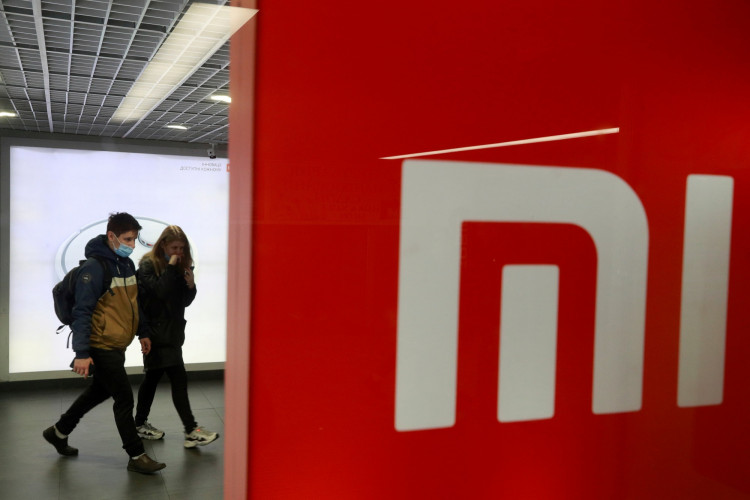The Xiaomi 12S, Xiaomi 12S Pro, and 12 Ultra make up Xiaomi's new 12S smartphone series. The camera modules for all three phones were created in collaboration with Leica. The Chinese phone manufacturer called this agreement, which was unveiled in a virtual event on Monday. It was called a "strategic upgrade."
The most expensive model of the trio is the Xiaomi 12S Ultra. It boasts a distinctive appearance that seeks to imitate DSLR cameras' larger-lens appeal, and it also comes with a powerful camera module. A 50-megapixel wide lens, a 48-megapixel ultra-wide lens, and a 48-megapixel periscope-style telephoto lens are all available.
The following are the full specs for the latest flagship:
Snapdragon 8+ Gen 1 processor
8GB/12GB LPDDR5 RAM
128GB/256GB UFS 3.1 storage
6.73-inch Quad HD+ LTPO E5 AMOLED display, 120hz refresh rate, 12-bit color
50.3-megapixel f/1.9 IMX 989 main camera with 8p lens, PDAF and OIS, 48-megapixel f/2.2 ultra-wide-angle camera with PDAF, 48-megapixel f/4.1 periscope camera with 5x optical zoom, PDAF, and OIS, Leica optics
32-megapixel f/2.5 selfie camera
4G, 5G
WiFi, Bluetooth 5.1, in-display fingerprint scanner
Harman Kardon Quad speakers, Dolby Atmos
4860mAh battery
67w wired charging, 50w wireless charging, 10w reverse wireless charging
Android 12, MIUI 13
The Sony IMX 989 one-inch sensor for the main camera (wide lens), however, is the highlight. Xiaomi was able to pack it inside the Xiaomi 12S Ultra's body. The Xiaomi 12S Ultra has the largest picture sensor of any smartphone, bearing in mind that it shares the same sensor with Sony's $1,200 point-and-shoot camera, the RX100 VII.
A word of caution, though: The phone's ground-breaking camera hardware isn't a guarantee of top-notch images. Although Xiaomi has a good track record, the software on the Xiaomi 12S Ultra will be a major factor in determining the image quality of the final snap, just like it does on every other phone.
Another feature of the Xiaomi 12S Ultra is its first-generation Snapdragon 8 Plus chipset, which Xiaomi claims will result in decreased heat emissions and power consumption. The phone runs on a 4,680-mAh battery that requires 67W fast charging to be recharged. Additionally, there are two unique Surge chips for managing batteries.
It is quite doubtful that the Xiaomi 12S will be released in the United States, as is typical for Xiaomi devices.






